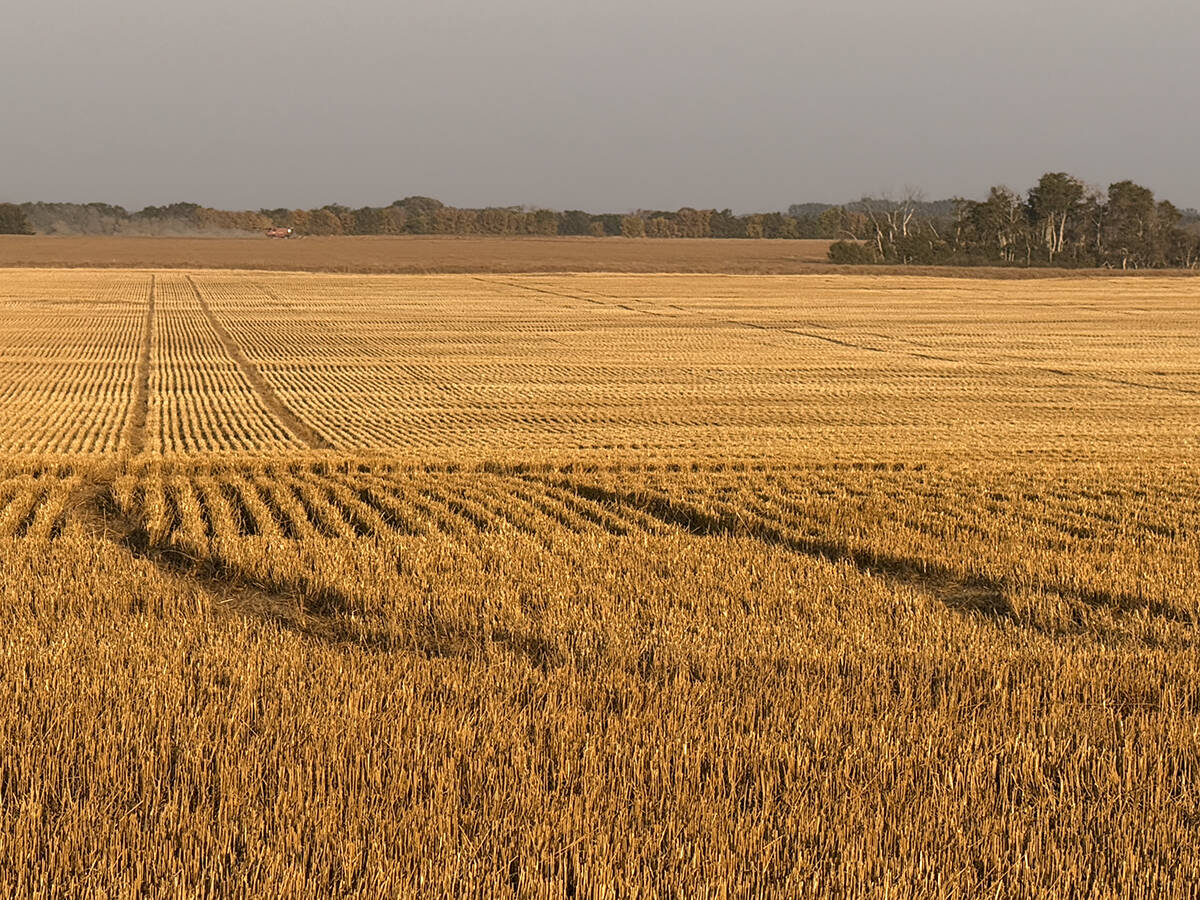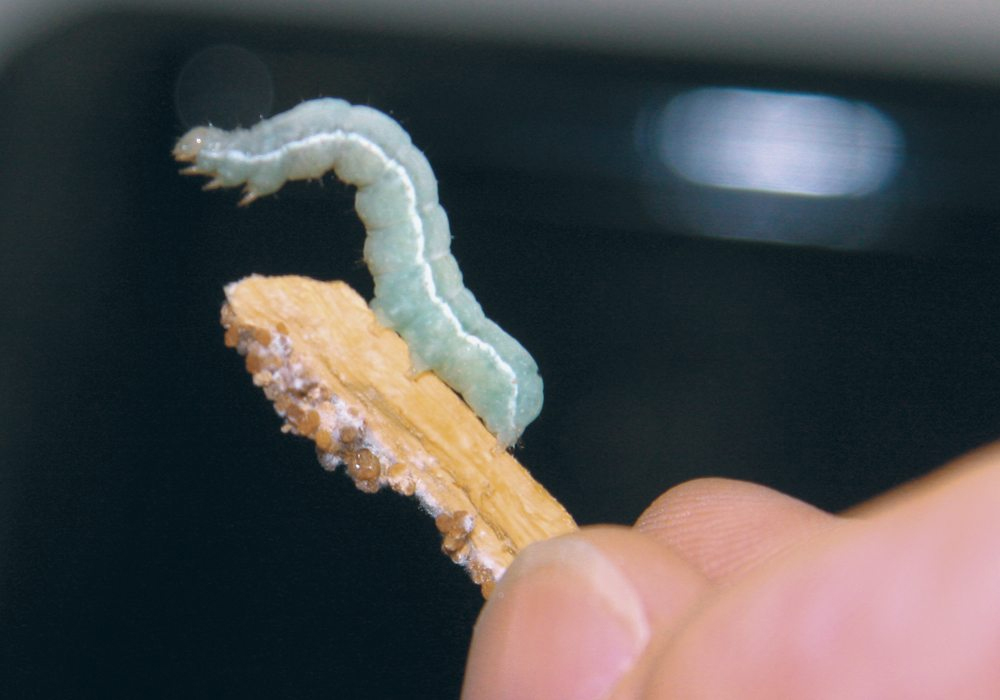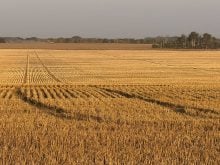Forecasting numbers from year to year can be difficult, but the pest has been declining in Western Canada since 2020
Cutworms threaten a variety of crops in Western Canada from corn and canola to sunflowers and soybeans.
However, predicting when, where and how many will hit a field is not easy.
With last year’s drought descending on the Prairies like a warm blanket on a hot day, John Gavloski, entomologist with Manitoba Agriculture, said it’s unclear if those uncomfortable conditions of 2021, which extended through fall, will affect the different cutworm populations.
“Cutworms go in cycles. They build and then populations drop. Often, there are multiple factors which influence those cycles,” said Gavloski. “Weather is one of them. Natural enemies are another.”
Read Also

Final crop reports show strong yields, quality
Crops yielded above average across the Prairies this year, and quality is generally average to above-average.
Last year did see problem populations crop up in Manitoba fields but Gavloski said it was an overall decline from 2020, a trend that could continue because numbers of cutworms appear to be on the downside of the cycle.
“I’m hoping that trend is continuing and, depending on what is driving it, we could see numbers go down,” he said, later adding, “a lot depends on what is driving those cycles. Is it weather or natural enemies? Usually, it’s a combination of the two.”
While the open ground in the fall might be good for grasshoppers laying more eggs, the same can’t be said of the cutworm.
“But a lot of the studies on cutworms show that a lot of their egg laying happens in August,” said Gavloski, adding it’s tough to say what effect a dry fall following a drought-plagued summer will have on populations.
What will have an impact is snow cover over the winter, something Manitoba producers have had in abundance this year.
With snow providing insulation, winterkill is less likely, but, “if you get rid of that insulation layer, you can get soil temperatures that are lethal to the cutworms,” said Gavloski.
One threat to cutworm populations posed by the dry fall could be predation by beetles, which may have been more active leading up to the fall, he said.
“The ones that are going into the winter as larva. After a long summer, if there are ground beetles and rove beetles and things are still quite active, they might be consuming some of them,” said Gavloski. “How much that takes the population down, that’s hard to say.”
As for the other big threat to the pest, parasites, Gavloski said it’ll take longer to gauge that impact, particularly when it comes to the parasitic wasps that lay eggs in cutworms.
“A lot of that activity will be happening more in spring and summer. Sometimes that can significantly take the population down as well,” he said.
While Gavloski acknowledged scouting fields for cutworms in the spring is not the optimal timing for producers, it does present the best option for early detection of the pest.
“The reality is, we don’t have a way that we can collect data in the fall and know what is going to happen in the spring,” he said, adding that attempts to track numbers have included pheromone traps and other techniques. “But there really isn’t any way in the fall we can accurately predict what’ll happen the next year.”
Knowing which species of cutworm exist across the Prairies is also important, with red-backed and dingy cutworms predominant in Manitoba, while the pale western cutworm is a more serious threat in Alberta and Saskatchewan.
“Red-backed cutworms and dingy cutworms, they both come out of the soil to do a lot of their feeding. Red-backed will clip a lot of plants — it’ll look like someone took scissors and cut them. Dingy doesn’t do a lot of clipping, they will more just take big chunks of the plants,” said Gavloski.
Pale western cutworms feed below ground, “so control becomes tricky because they are not surfacing to make contact with insecticides,” he said.
All three prairie provinces list scouting techniques for various cutworm species, along with insecticide thresholds in different crops on their agricultural ministry websites.
















